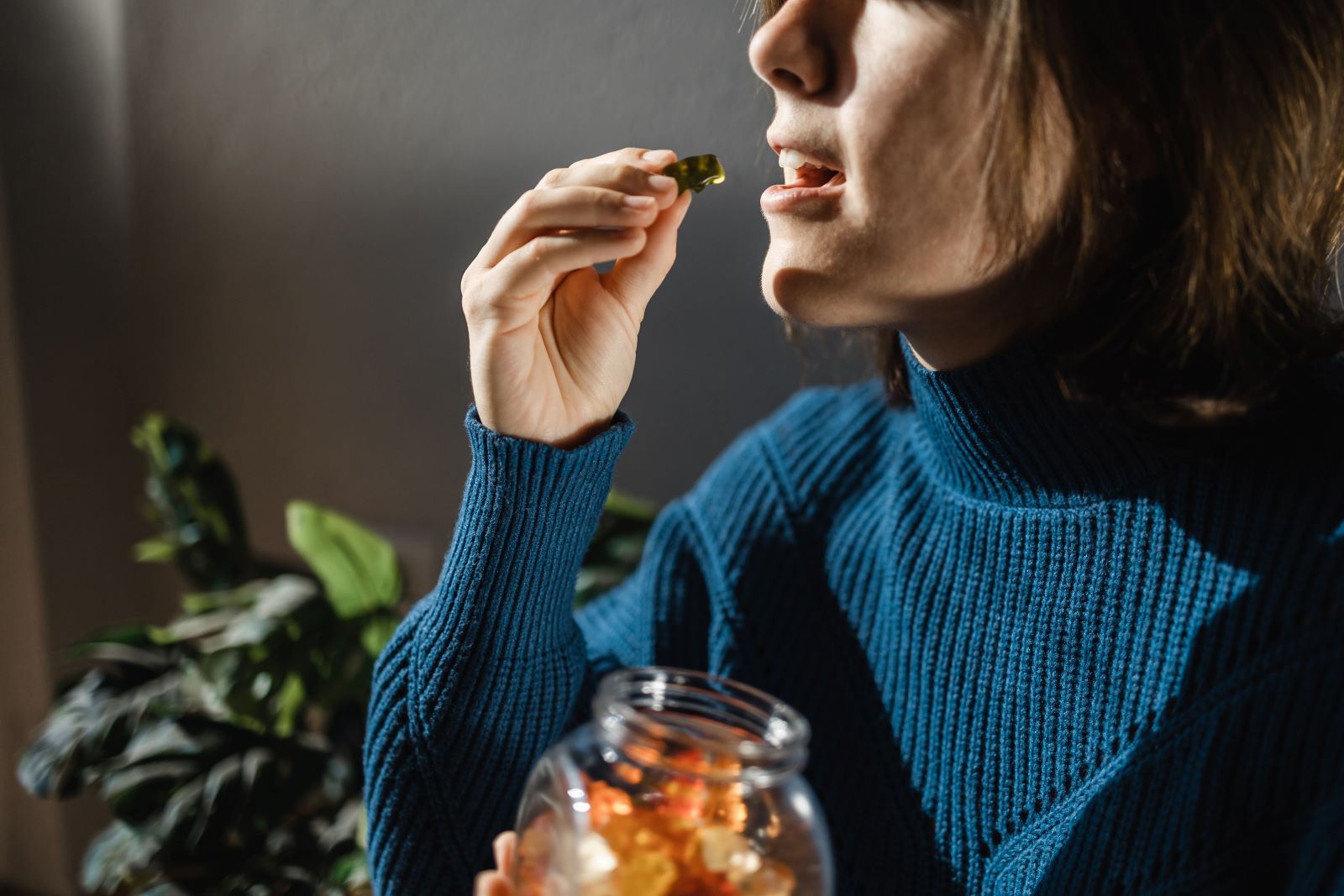<< Back
As Marijuana Potency Increases, Addiction Follows Suit

July 27, 2022
Confusion about potency and its impact on marijuana users may be causing an increase in addiction.
New research published in the journal Lancet Psychiatry shows that higher concentrates of tetrahydrocannabinol (THC) is causing more people around the world to become addicted. While people buying marijuana products at dispensaries can check labels showing THC content, those buying on the streets cannot tell what level of the chemical they are getting.
“The potency is rising year over year,” said J. Craig Allen, MD, vice president of addiction services for Hartford HealthCare and medical director of Rushford, part of the system’s Behavioral Health Network. “In the dispensaries, the higher potency products are big sellers.”
The result of higher potency, the researchers noted, is that three in 10 Americans using cannabis develop cannabis use disorder (CUD), and the rates of addiction worldwide are up four-fold. In Europe, there was a 76 percent increase in the number of people entering treatment for CUD over the past decade.
These statistics, Dr. Allen said, likely represent only the beginning of the problem.
“As the potency increases, the numbers of people developing CUD and related problems will increase as well,” he said. “This is particularly concerning if people are unaware of the risks or unaware a product is high-potency. Unknowingly, people are quadrupling their chances for a negative outcome.”
Rising levels of THC in marijuana products is not only fueling addiction but increasing cases of cannabis related psychiatric and physical disorders. Cannabis induced generalized anxiety, panic and psychotic disorders are on the rise as well as cases of hyperemesis syndrome, which involves intractable stomach pain and vomiting.
One person not surprised at the recent research announcement is Godfrey Pearlson, MD, director of the Olin Neuropsychiatry Research Center at Institute of Living, also part of the Hartford HealthCare Behavioral Health Network.
“This is a prediction I had made in my book ‘Weed Science,’” Dr. Pearlson said of the book published in 2021.
Flower cannabis in a typical dispensary, he explained, typically contains around 30 percent THC, while cannabis concentrates such as “shatter,” “dabs” and “waxes” may contain closer to 90 percent THC. Consumers know that higher potency products will get them more intoxicated, but are much less aware of the increased potential for addiction, he said.
“If U.S. states price cannabis in dispensaries by weight, as many states other than Connecticut do, it makes much more sense for consumers to purchase concentrates. Dollar for dollar, they get more bang for their buck. Avoiding that scenario by charging for products based on their THC content is a more sensible way to go,” Dr. Pearlson said.
The latter approach is how Connecticut created its dispensary pricing system, he added.
At the recent Research Society on Marijuana annual conference in Boston, researchers from Olin presented two posters. Dr. Shashwath Meda’s research showed an increase in certain forms of driving behavior – drifting within lanes, responding less decisively when a vehicle in front brakes and taking longer to decide when to pass another vehicle – after an acute dose of cannabis. Each of these alterations was then linked to unique simultaneous alterations in brain activation patterns caused by the marijuana discovered as the subjects drove in virtual reality in an MRI scanner.
A separate poster by Dr. Krishna Pancholi and Michael Stevens also linked changes in the subjects’ ability to estimate time after an acute dose of cannabis to changes in specific brain regions. Altered time perception is a well-known effect of cannabis, Dr. Pearlson said.
To help curb the alarming increases in CUD and use of high-potency marijuana products, Dr. Allen suggested the creation and distribution of public service announcements that educate users about the risks of marijuana potency. He also urged, in addition to selling products based on THC content, that state leaders consider limitations on product potency levels allowed in state-regulated dispensaries.